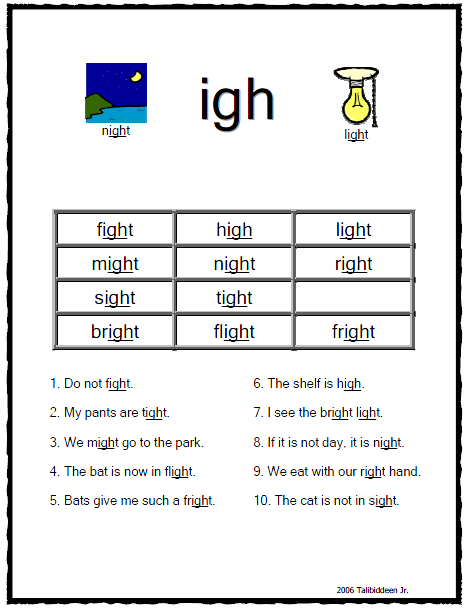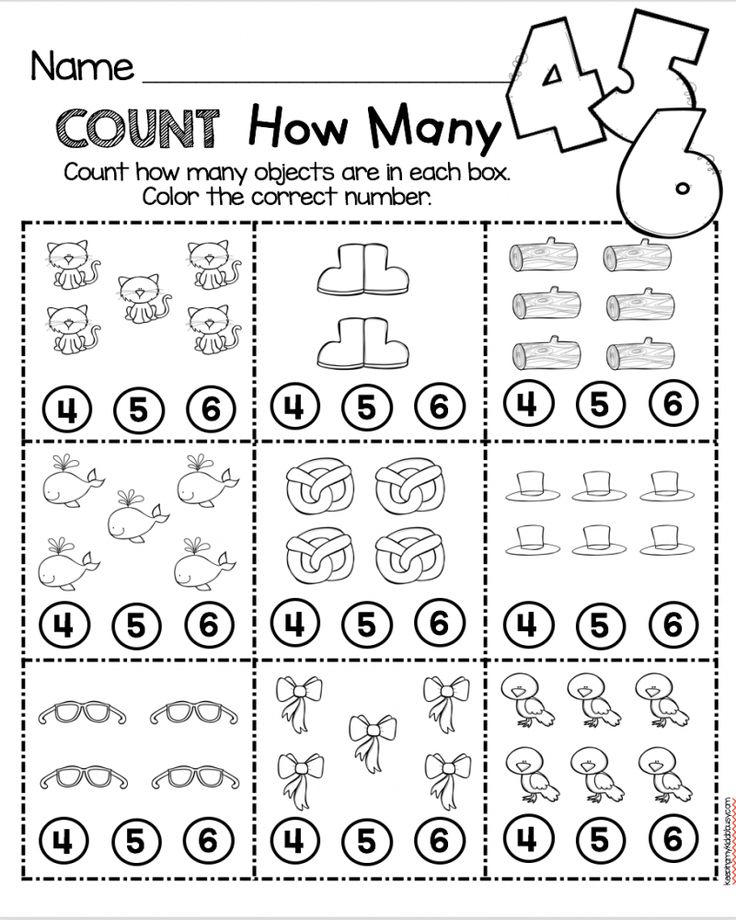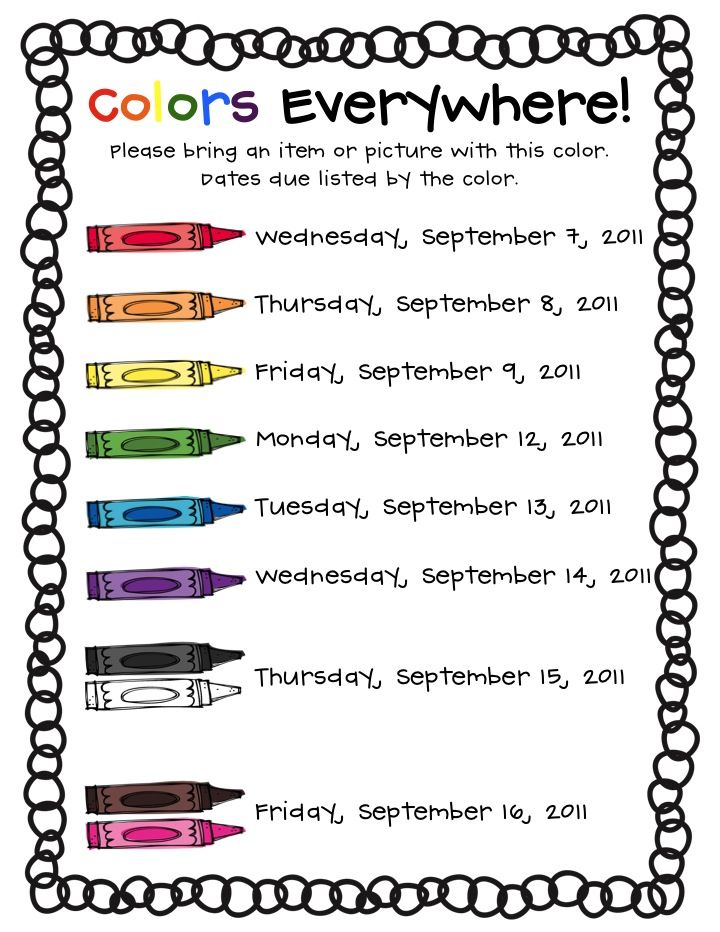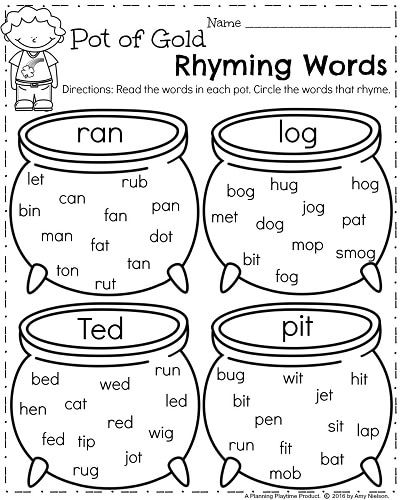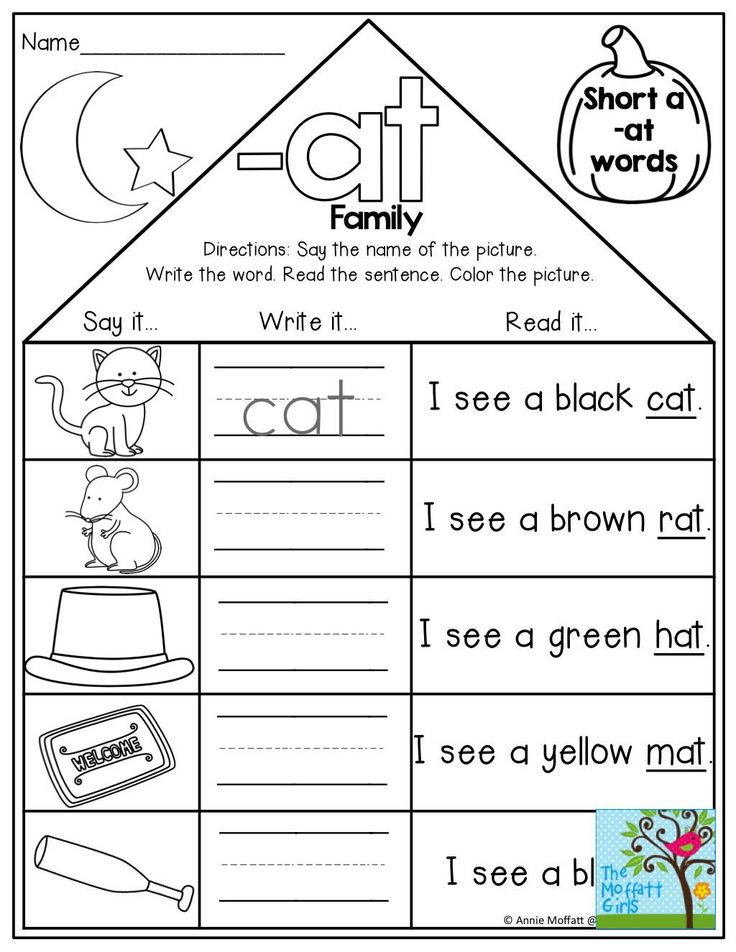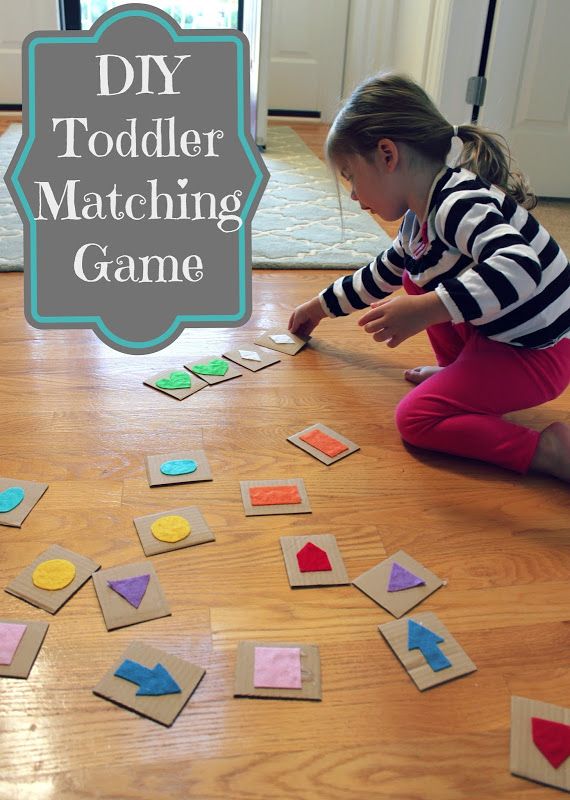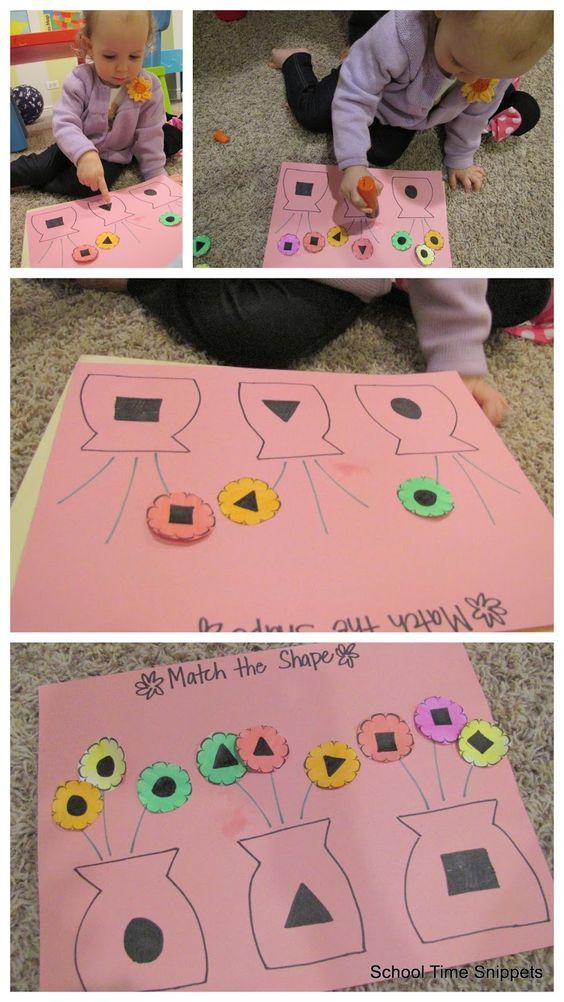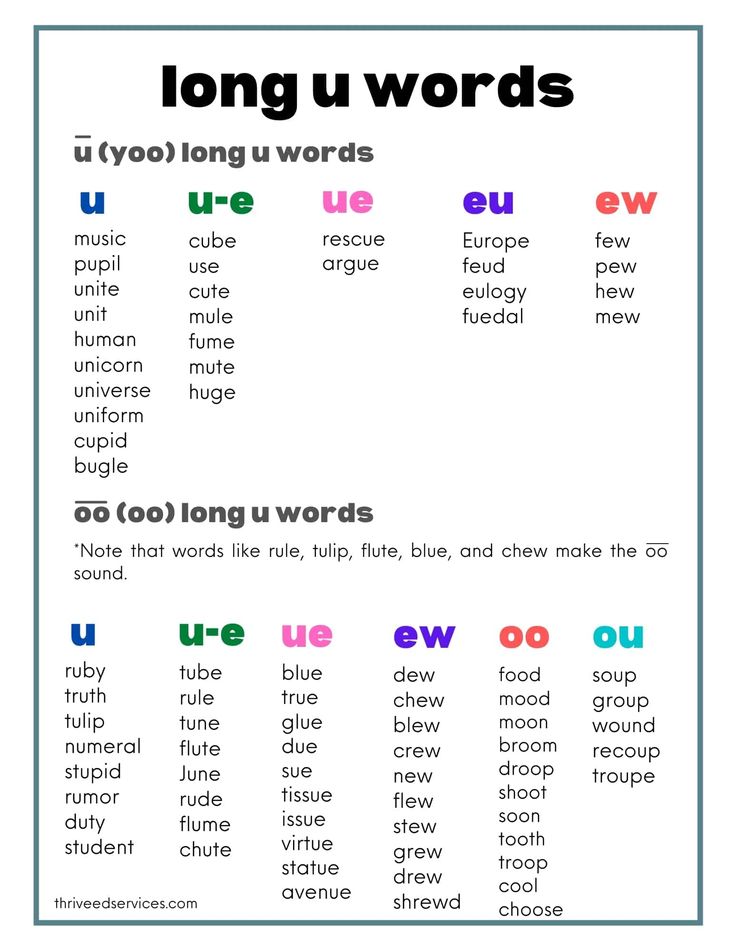What is a phonogram in phonics
A Helpful Guide For Parents
Phonograms are the foundation of your child’s reading and spelling success. But what resources do you need to teach them to your child?
While phonograms sound like an intimidating literary concept, they are actually relatively easy to teach and for kids to understand. All you need is a clear plan to get started, and that’s what we’ll help you with in this article.
However, before sharing our effective learning tips with you, let’s start by evaluating what a phonogram is.
What Are Phonograms?
Phonograms are the letters or combinations of letters that represent a sound. Think of letter combinations such as oy, ck, th, and ch. These are common phonograms that you’ll often come across in the English language.
When a child doesn’t know these letter combinations and the sounds they make, it becomes challenging to write or spell correctly. But when they understand them, they know that “oy” makes an /oi/ sound (e.g., boy), “ck” makes a /k/ sound (e. g., pack), and so forth.
There are also letters that give different sounds depending on the word. For instance, “s” is a phonogram with an /s/ sound in some words (e.g., sing) and a /z/ sound in other words (e.g., has).
The Importance Of Learning Phonograms
Phonograms are an important pre-literacy skill. They are the building blocks of words because they help make reading and spelling much easier.
Let’s take the word cat as an example. For a child learning to spell, they will usually pronounce the individual sounds (i.e., phonemes) of the word: /c/-/a/-/t/.
This is fairly easy. So, let’s take things up a notch with the word talk. A child who understands phonograms doesn’t need to separate each letter of the word. Instead, they will pick up on the /alk/ sound and then be able to spell the word correctly: /t/-/alk/.
This is an essential skill because many words, especially longer ones, can be formed more quickly by remembering that certain letter combinations make certain sounds.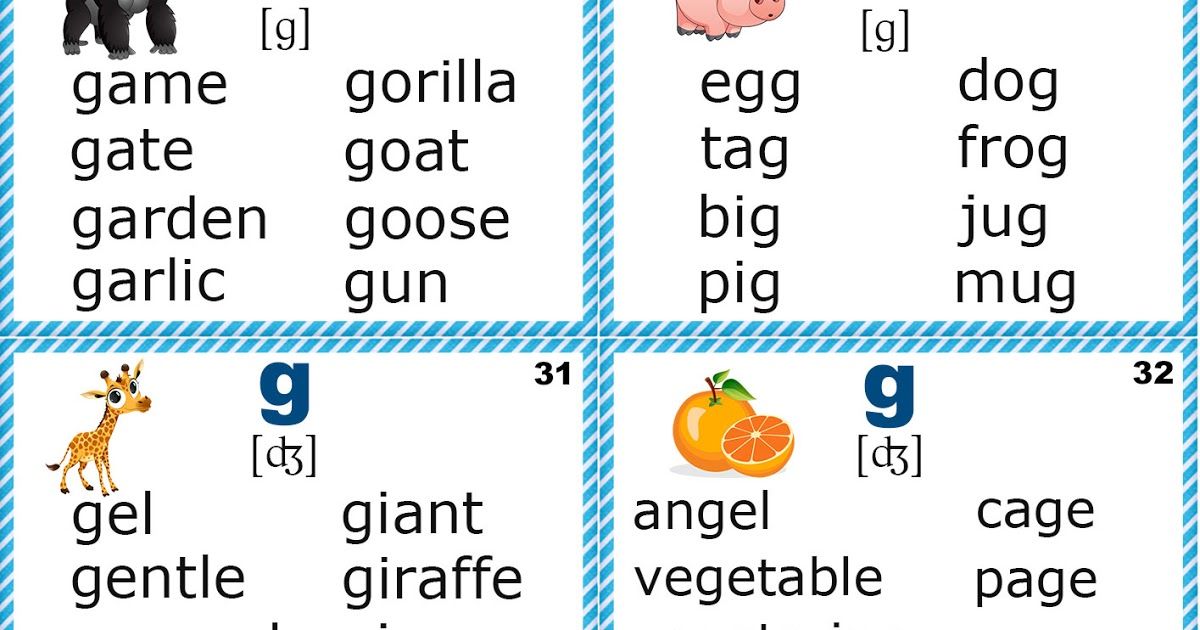
For example, we don’t pronounce the word holiday by going /h/-/o/-/l/-/i/-/d/-/a/-/y/. Sure, you can, but there are 26 letters in the English language. Imagine how much time you’d spend sounding out each letter of every word you want to spell.
A much better strategy is to focus on segmenting the word by phonograms: /h/-/o/-/li/-/day/. Understanding phonograms makes spelling and reading fluently much easier and more efficient.
And a child who understands phonograms may have a better chance of correctly spelling words they are unfamiliar with. For example, when a child can spell winter, they have a better chance of spelling sister, mister, enter, after, etc.
Phonogram Vs. Phoneme
When many people think of phonograms, they often mistake them for phonemes. They both involve the individual sounds that make up a word, so they must be pretty much the same, right?
While their concepts may be closely related, there are fundamental differences between the two.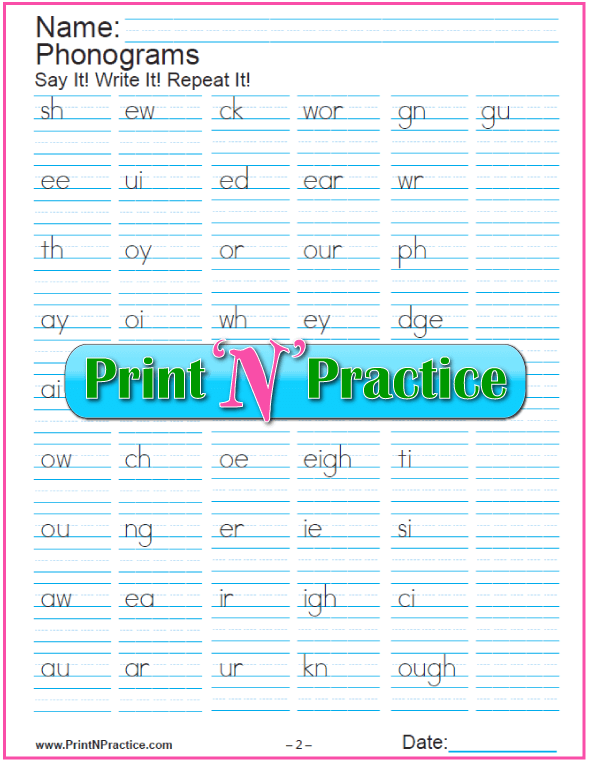 Let’s take a look.
Let’s take a look.
What Is A Phoneme?
A phoneme is the smallest unit of sound in our spoken language. We have 44 phonemes in the English language, and we combine these individual units of sound to make words.
For example, from the five-letter word light, we only hear or pronounce three individual sounds: /l/-/i/-/t/.
How’s This Different From A Phonogram?
A phonogram, on the other hand, is a visual symbol that represents a speech sound. So, from the above example, the /igh/ part of the word has the /i/ phonogram.
In total, there are 75 basic phonograms in the English language. We commonly use around 49 of them, some of which include /igh/, /dge/, /oo/, /dger/, /th/, /sh/, /ch/, and /ph/.
As highlighted above, these are the building blocks of reading and spelling, so the more familiar children are with these sounds and letter combinations, the more comfortable they will be when reading and spelling.
Here are a few tips to help your young learner grasp these concepts at home.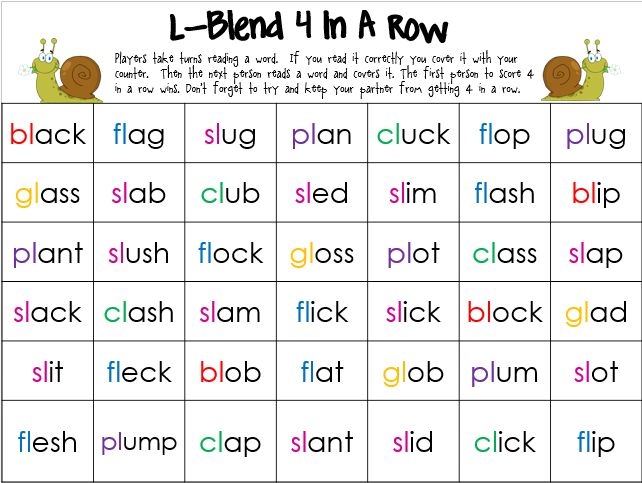
Tips For Teaching Phonograms At Home
1) Start Simple
There is no perfect pace for teaching phonograms. Some children may master the concepts and skills very quickly, while others may need a little more time.
No matter where your child is on their learning journey, the best approach is to start with a few and build from there.
For example, introducing three to five phonograms at a time could be a great starting point. Once your child gets comfortable with those, you can then move on to the next three to five, and so forth.
Since there are so many, it’s OK to set the goal of introducing a certain amount each week. However, if your young learner hasn’t mastered the ones you taught them last week, give them as many days as they need before progressing to new phonograms.
This will keep them excited about learning and prevent them from becoming overwhelmed. Don’t worry about a specific timeline; they will eventually get the hang of it!
2) Read Together Regularly
Here at HOMER, we’re huge fans of early childhood reading. Not only do books expose children to incredible worlds and help with cognitive and language development (and so much more!), but reading also plays an essential role in helping children get more familiar with phonograms.
Not only do books expose children to incredible worlds and help with cognitive and language development (and so much more!), but reading also plays an essential role in helping children get more familiar with phonograms.
Whenever your child is reading and comes across a word they’re unfamiliar with, remember to pause and go back to the basics of phonemes and phonograms. Help them sound out the letters and letter combinations.
You can also reinforce a phonogram by highlighting other similar words your child might know. For example, if they’re learning the /ch/ sound, remind them of words they may know, such as chair, chips, chat, child, etc.
With the above tips in mind, here are a couple of activities to make learning phonograms at home fun.
Phonogram Activities
1) Phonogram Simon Says
What You’ll Need:
- 8 Index cards
- Marker
- 8 single-letter phonograms
- Crayons
What To Do:
Start by writing down eight phonograms (one on each card) with your child.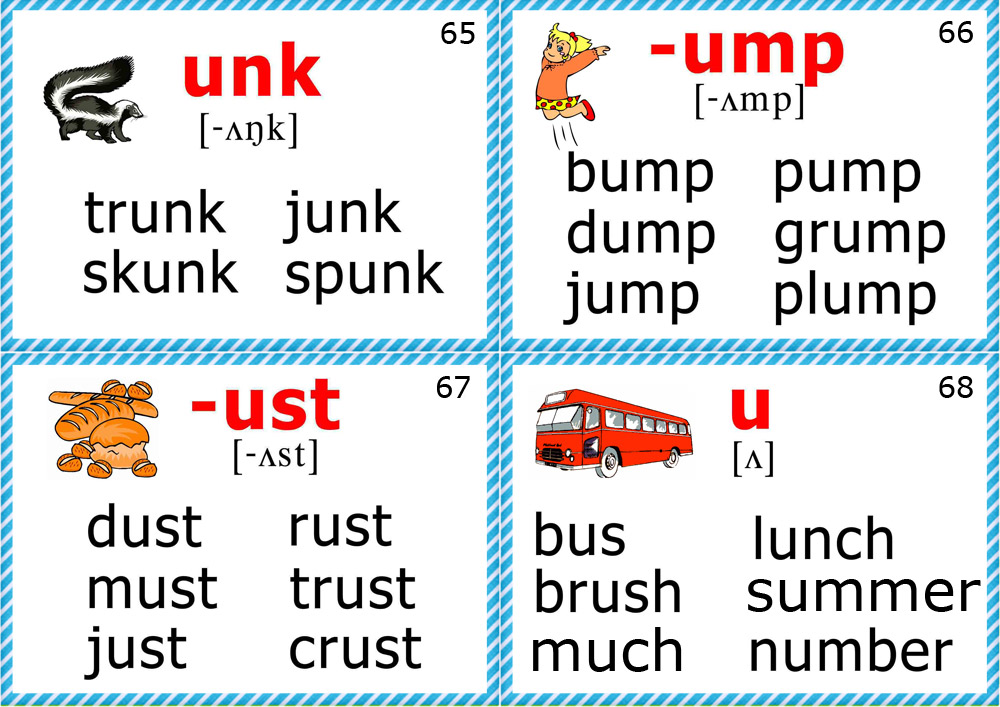 As you’re writing, say the sound the letter or letter group makes. Then, have your child decorate each card in fun ways.
As you’re writing, say the sound the letter or letter group makes. Then, have your child decorate each card in fun ways.
Once you’re done making your cards, stand on one side of the room and have your child stand on the other side. Then, hold up a card and say, “Simon says make the sound!”
If your child pronounces the phonogram correctly, they take a jump toward you. If they don’t, they have to jump backward. (Note: If there’s no room for them to go backward, they can stay put.)
The goal is for your child to reach you before the deck is done!
Tip: If your child is still mastering individual letter sounds, you can play this game with single-letter phonograms instead of letter groups.
2) 52 PickUp, With A Twist
What You’ll Need:
- The same index cards from Sound-Letter Simon Says (and more if your child is ready).
What To Do:
To start playing, toss the cards in the air. Then, have your child go around the room and say the sound for every letter or phonogram that is facing up.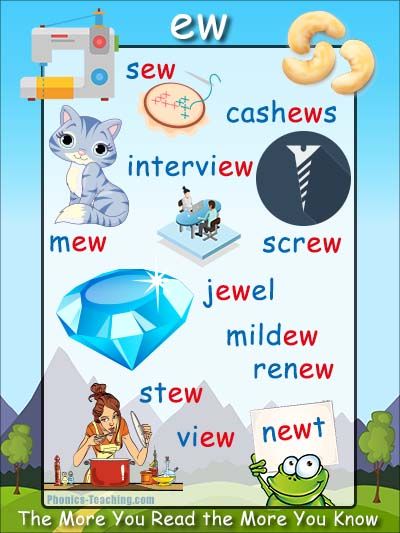
If they can make the sound correctly, they get to keep that card. Any cards they cannot pronounce go back to the deck. Then, it’s your turn (feel free to fake it a bit here).
Take turns going back and forth until all the cards are picked up. The person with the most cards wins!
3) Feel The Letter
What You’ll Need:
- Magnetic or foam letters
What To Do:
Start by asking your child to put their hands behind their back. Then, place a magnetic or foam letter in one of their hands and have them feel its shape.
To get a point, your child needs to tell you the letter. And to get a bonus point, they need to tell you the sound that letter makes. You and your child can take turns guessing to make it a fun competition!
Remember to keep things fun. For example, if your young learner gets a phonogram wrong, simply correct them and move on without stressing too much. The point of this game is to practice, and repetition is a great way to solidify phonogram knowledge.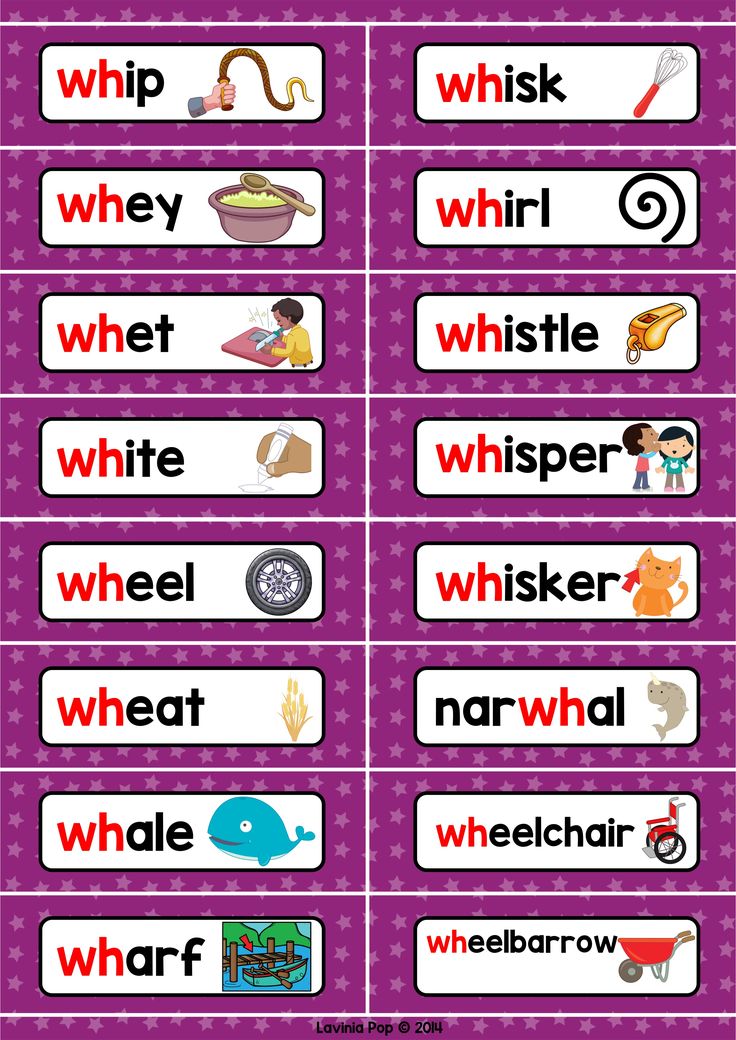
One Phonogram At A Time
Working with your child to master phonograms can be a fun journey!
When practicing, remember to start simple by introducing just a few phonograms at a time before moving on to more. In addition, reading regularly together will also help reinforce all the language rules your child is learning.
While there are many phonograms to master, try not to focus on how quickly your child is grasping them. Instead, build their confidence around each set you introduce, and they will make a little progress each day.
Armed with all these skills, they’ll soon be able to spell accurately (most of the time) and read fluently. Just wait and see!
For more on helping develop your child’s reading and spelling skills, check out our Learn & Grow app.
Author
How to Teach Phonograms (+ 3 FREE Printable Games!)
by Marie Rippel
Understanding phonograms is vital to your child’s success in reading and spelling—but the thought of teaching them may seem intimidating. Fear not! Phonograms are actually very simple to understand and easy to teach.
Fear not! Phonograms are actually very simple to understand and easy to teach.
Let’s start with a quick definition.
What Are Phonograms?
A phonogram is a letter or combination of letters that represent a sound. For example:
- CK is a phonogram that says /k/ as in clock.
- S is a phonogram that says /s/ as in sat or /z/ as in has.
- OY is a phonogram that says /oi/ as in boy.
The word phonogram comes from Greek and is literally translated as the “written symbol for a sound.”
Why Should You Teach Phonograms?
Simply put, phonograms make learning to read and spell much easier!
Take a look at the word past. If you pronounce the word slowly to hear the individual sounds, you will hear four different sounds: /p/–/ă/–/s/–/t/. For each sound, we can write down a phonogram. This 10-second video shows exactly how this is done.
That was an easy example, but the same principle also applies to multisyllable words. Here’s the word winter.
As you can see, your child doesn’t need to remember w-i-n-t-e-r as a random string of letters. Instead, he can just segment the word and represent each sound with a phonogram.
Listen to the Phonograms with Our Free App
Just click a button below to hear the correct pronunciation of the phonograms.
(If you are on a slow internet connection, there may be a slight delay. The downloaded version of the app will not experience this delay.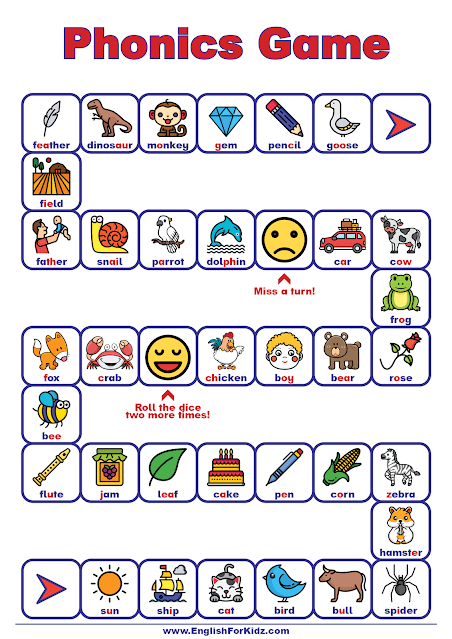 )
)
You can download the free app on your computer, tablet, or phone here.
The button colors match the colors of our letter tiles to reinforce learning, and the phonograms are arranged in logical groupings, matching the labels provided with the letter tiles.
Phonograms Are Like Building Blocks
Phonograms are the building blocks of almost every English word. In fact, a study of 17,000 words showed that the vast majority of words follow the regular phonogram sounds. Only 3% of the words are completely irregular (such as said and of).1 This means that there are very few words that must be learned through repetition and rote memorization.
Since phonograms represent sounds, the number of letters in a word doesn’t necessarily correspond to the number of phonograms. Here are some examples:
How to Teach Phonograms
If you’ve been hanging around our blog for a while, you know by now that we teach everything very incrementally, step-by-step. It would overwhelm most kids to have to learn all the phonograms at once, so we teach just a few phonograms at a time. Once your child has mastered those, we introduce a few more.
It would overwhelm most kids to have to learn all the phonograms at once, so we teach just a few phonograms at a time. Once your child has mastered those, we introduce a few more.
Flashcards (known as Phonogram Cards) are an efficient way to teach and review the phonograms, and we include them right in the All About Reading and All About Spelling programs.
The front of the card shows the phonogram. This is the side you show your student.
The back of the card has information for you, the teacher. It shows the sound of the phonogram, along with a key word.
If you are using All About Reading or All About Spelling, these steps are included right in the lesson plans.
- Show the Phonogram Card.
- Demonstrate the sound.
- Have your student repeat the sound.
- After several repetitions, see if the student can say the sound without your prompting.
The goal is to flip through the flashcards and have your student say the phonograms without pausing to think.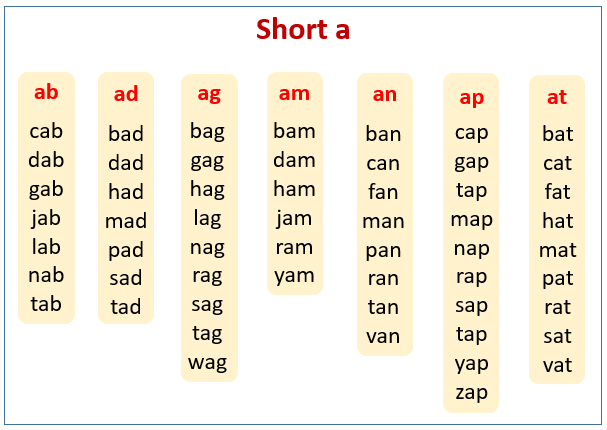
Organizing Your Phonogram Review Cards
To stay organized, sort the Phonogram Cards behind three dividers:
- “Review” divider: Cards that your child is currently learning go here.
- “Mastered” divider: This is where you’ll put the Phonogram Cards that your child knows inside and out.
- “Future Lessons” divider: This is the parking spot for cards that haven’t been presented yet.
And this is important: after your child knows the phonograms, don’t forget to review! Quickly flip through a handful of cards at the beginning of every lesson to keep them fresh in your child’s mind.
Download These 4 Free Printable Games to Practice Phonograms
There’s no better way to review phonograms than by playing a game! Choose one of these games (or all four!) to make practice time go by more quickly.
Try Not to Moo
Try Not to Moo is an effective and super silly new way to practice phonograms that makes review time extra me-moo-rable! Designed to be used in conjunction with All About Reading or All About Spelling, this activity can also be used independently.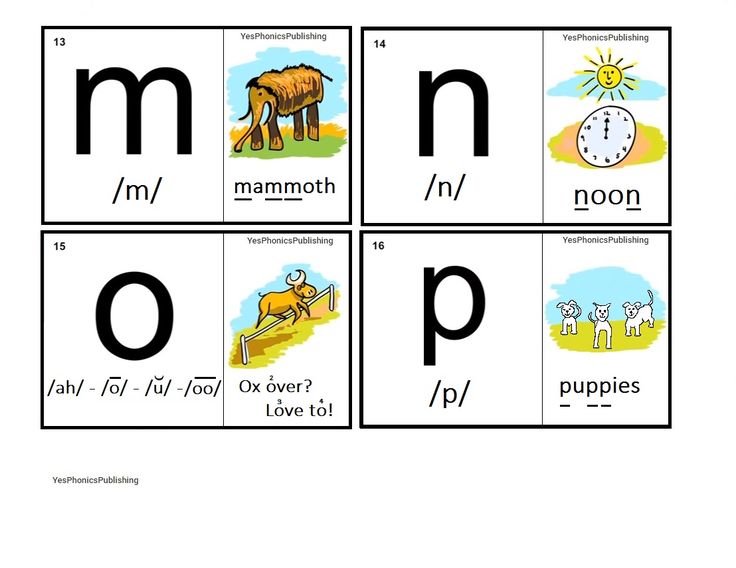
Get instant access to Try Not to Moo!
Swatting Phonograms
If your phonograms review and practice sessions are falling a little flat, here’s a great hands-on activity that you can slip in whenever you have a few extra minutes. It’s so much fun your child might not even realize he’s practicing!
Check out our super fun (and kind of gross) Swatting Phonograms activity!
Fun with Phonograms
Playing games is a great way to reinforce learning with children, and our easy-to-assemble printable game boards give you five different ways to have fun with phonograms! It’s as easy as 1-2-3—just download, print, and play!
Get instant access to Fun with Phonograms!
Phonogram Jungle Bingo
It’s easy to review phonograms when you have a great game to play! And who doesn’t love a good game of Bingo? Just print our jungle-themed bingo boards and grab your phonogram cards. You’re ready to go!
Download the PDF for Phonogram Jungle Bingo!
The Bottom Line for Teaching Phonograms
With phonograms, reading and spelling are much easier! Here are a few things to keep in mind:
- An understanding of phonograms is vital to your child’s success in reading and spelling.
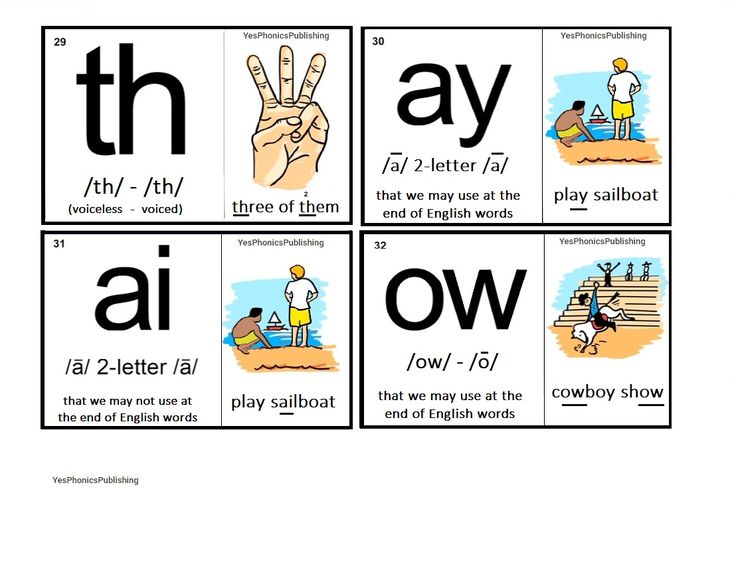
- Phonograms are simple to understand and easy to teach.
- Tools like the Phonogram Cards, the Phonogram Sounds App, and simple games are a great way to help your child master the phonograms.
- Review is essential!
Was this post on phonograms helpful to you? Let me know in the comments below! And then download our “20 Best Tips for Teaching Reading and Spelling” for even more great information!
___________________________________
1. Hanna, P.R., Hanna, J.S., Hodges, R.E., & Rudorf, H. (1966). Phoneme-grapheme correspondences as cues to spelling improvement. Washington, DC: United States Office of Education Cooperative Research.
Phonetic analysis of the word. What it is? How to do it? Examples
What is phonetic analysis
Phonetic , or sound-alphabetic, word analysis is an analysis of the sounds and letters that make up this word.
There are 33 letters in Russian, from which we compose words and write them down on paper. When we pronounce a word, we hear sounds - this is how the letters in its composition sound. In some words, the same letter can mean two sounds at the same time or not sound at all. This is where sound-letter analysis comes in handy: it is needed so that we can analyze sounds and letters, write correctly, and also pronounce words.
Five in Russian in your pocket!
All the rules of the Russian language at hand
How phonetic parsing of a word is done
Sound-alphabetic parsing is usually done according to the following algorithm:
-
Number of syllables, stress.
-
Full transcription of the word.
-
Vowel sounds: stressed or unstressed, which letter is indicated.
-
Consonants: voiced, sonorous or voiceless, paired or unpaired; hard or soft, paired or unpaired; which letter is indicated.
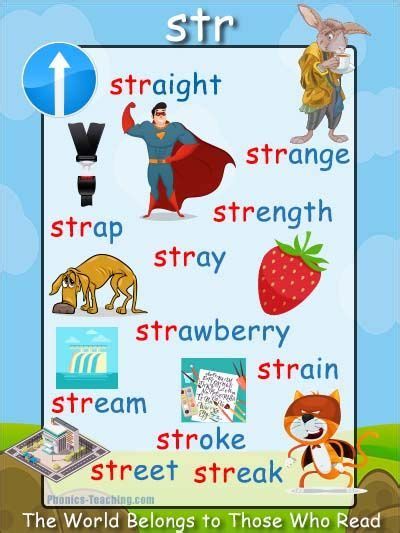
-
The total number of letters and sounds.
You can disassemble words by sounds and letters orally or in writing. These methods are slightly different from each other, so let's consider each one separately. We write down the word and all the sounds that are included in it.
Syllables and stress. We count and write down the number of syllables in a word, we denote the one on which the stress falls.
Sounds. From the next line in a column, we rewrite all the letters in the order in which they appear in the word. Opposite each of them we record the sound and enclose it in square brackets.
Vowel sounds. Next to each vowel we write whether it is stressed or unstressed. And then we indicate what letter it is designated.
And then we indicate what letter it is designated.
Consonants. Next to each consonant, indicate whether it is voiced or voiceless. Further - paired or unpaired in deafness-sonority. After that, we write, hard or soft sound, and then - paired or unpaired in terms of softness-hardness. At the end, you need to indicate which letter denotes the sound.
Number of letters, sounds. We count and write down the number of letters and sounds in a word.
Now let's use this algorithm with examples.
Example No. 1. Written phonetic analysis of the verb search
Search [abysk'ivat'] - 4 syllables, 2nd stressed.
o - [a] - ch., unstressed.
b - [b] - acc., sound. couple, tv par.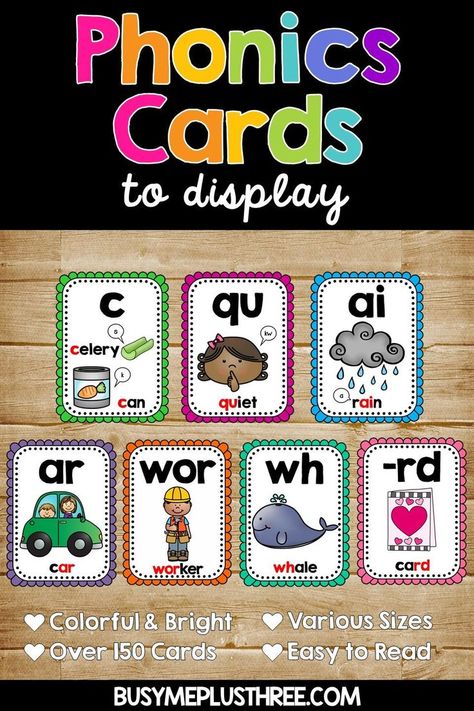
s - [s] - ch., shock.
s - [s] - acc., deaf. couple, tv par.
k - [k'] - acc., deaf. steam, soft par.
and - [and] - Ch., unstressed.
c - [c] - acc., sound. couple, tv par.
a - [a] - Ch., unstressed.
t - [t'] - acc., deaf. steam, soft par.
b — [–]
10 points, 9 stars
Example No. 2. Written phonetic analysis of the adjective spring
Spring [v'is'en':y'] - 3 syllables, 2nd stressed.
in - [in '] - acc., sound. steam, soft par.
e - [i] - gl., unstressed.
s - [s'] - acc., deaf. steam, soft par.
e - [e] - ch., percussion.
n - [n':] - acc., sonorn. unpaired, soft par.
and - [and] - Ch.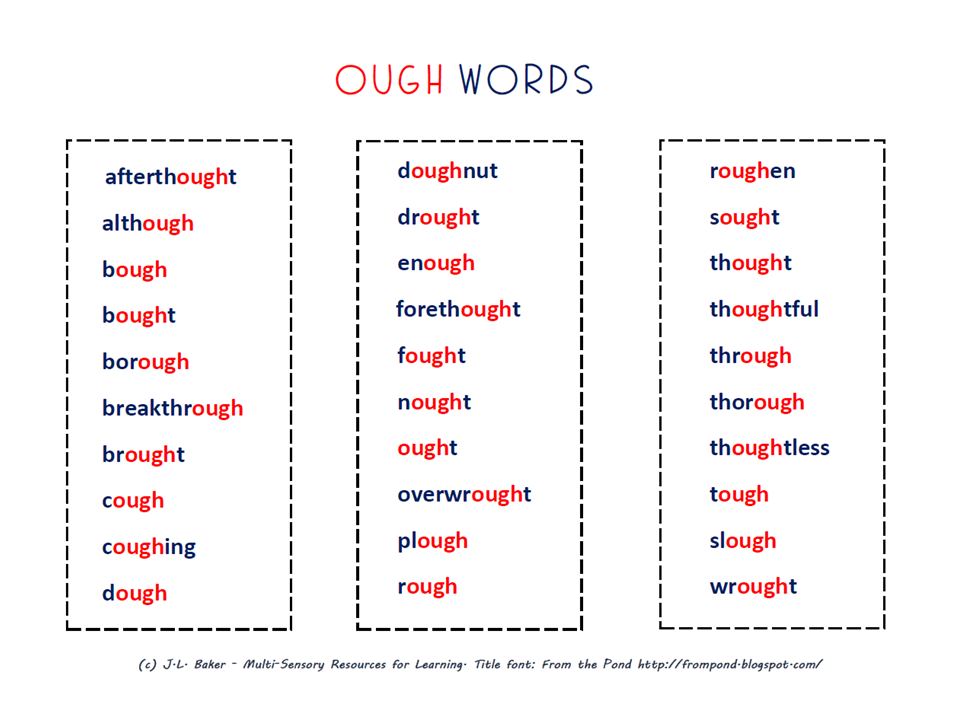 , unstressed.
, unstressed.
th - [th'] - acc., sonorn. unpaired, soft unpaired
8 points, 7 stars
Example No. 3. Written phonetic analysis of a noun professor
Professor [praf'es:ar] - 3 syllables, 2nd stressed.
p - [n] - acc., deaf. couple, tv par.
r - [r] - acc., sonorn. unpaired, tv. par.
o - [a] - ch., unstressed.
f - [f'] - acc., deaf. steam, soft par.
e - [e] - ch., percussion.
s - [s:] - acc., deaf. couple, tv par.
o - [a] - ch., unstressed.
r - [r] - acc., sonorn. unpaired, tv. par.
9 points, 8 stars
Sample oral phonetic analysis
If you need to do sound-letter analysis orally, follow this algorithm:
-
Syllables and stress.
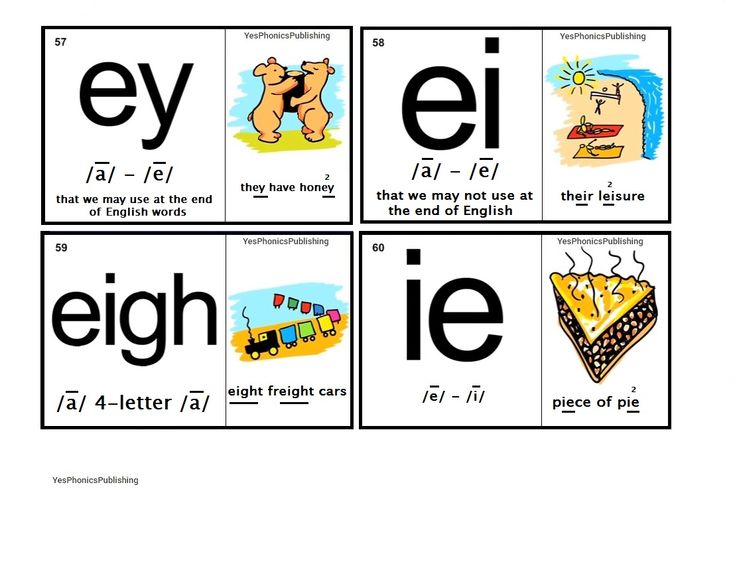 Count and name the number of syllables in a word, indicate the one that is stressed.
Count and name the number of syllables in a word, indicate the one that is stressed. -
Vowel sounds. Name the vowels in the order in which they sound in the word. For each of them, determine whether it is percussion or unstressed. Then specify the letters with which they are indicated.
-
Consonants. For each of the consonants, determine whether it is voiced or voiceless, and then - paired or unpaired according to deafness-voicedness. After that, establish whether the sound is hard or soft, as well as paired or unpaired in terms of softness-hardness. At the end of the analysis of each of the consonants, specify which letter it is designated in the word.
-
Number of letters, sounds. Count and name the number of letters and sounds in a word.
Let's practice oral phonetic analysis on the example of the same words that we have analyzed above.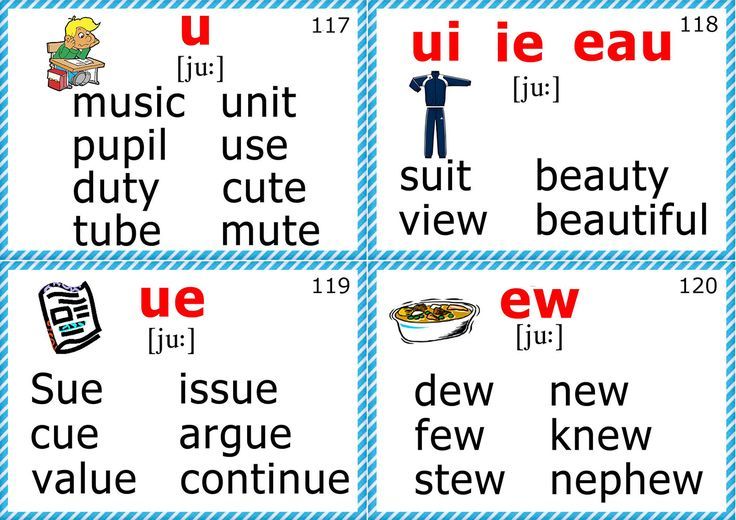
Example No. 1. Oral phonetic analysis of the verb search
2. Vowels:
first - unstressed [a], marked with the letter about ;
second - shock [s], designated by the letter s ;
third - unstressed [and], marked with the letter and ;
fourth - unstressed [a], designated by the letter a .
3. Consonants:
[b] - voiced double, solid double, marked with the letter b ;
[s] - deaf double, solid double, marked with the letter from ;
[k'] - deaf double, soft double, marked with the letter to ;
[c] - voiced double, hard double, marked with the letter in ;
[t'] - deaf double, soft double, marked with the letter t ;
letter ь does not represent sound.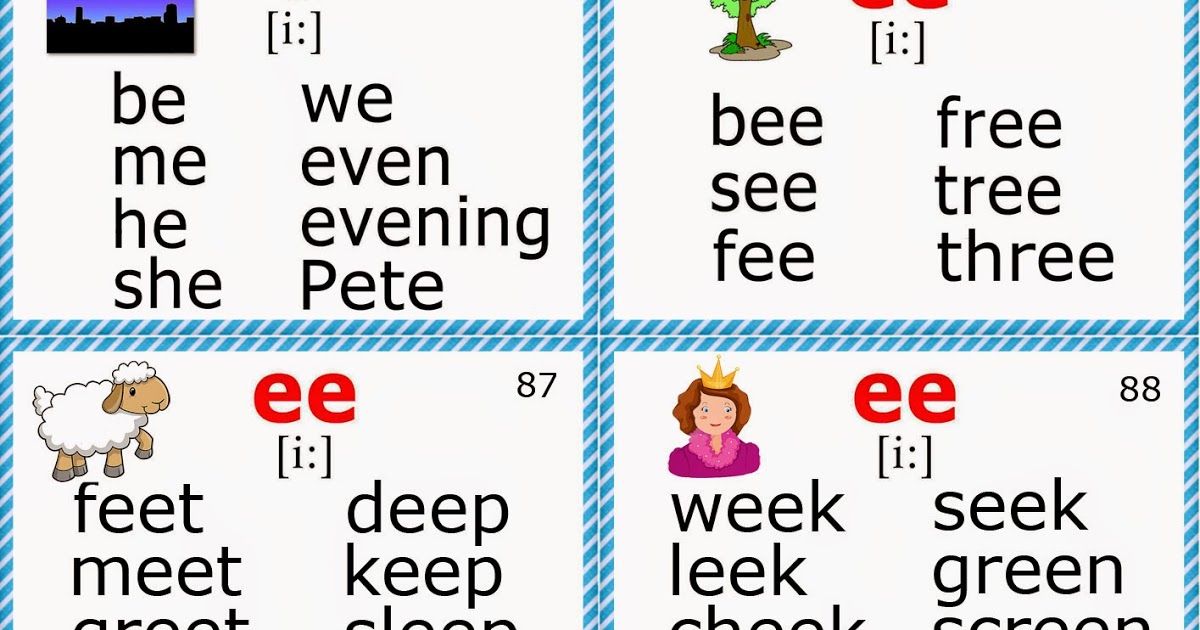
4. In the word search 10 letters and 9 sounds.
Example No. 2. Oral phonetic analysis of the adjective spring
2. Vowels:
the first is unstressed [i], marked with the letter e ;
second - shock [e], marked with the letter e ;
third - unstressed [and], marked with the letter and .
3. Consonants:
[v'] - voiced double, soft double, marked with the letter in ;
[s'] - deaf double, soft double, marked with the letter from ;
[n'] - voiced unpaired (sonor), soft paired, marked with the letter n . The second n does not form a sound in a word;
[d'] - voiced unpaired (sonor), solid unpaired, marked with the letter and .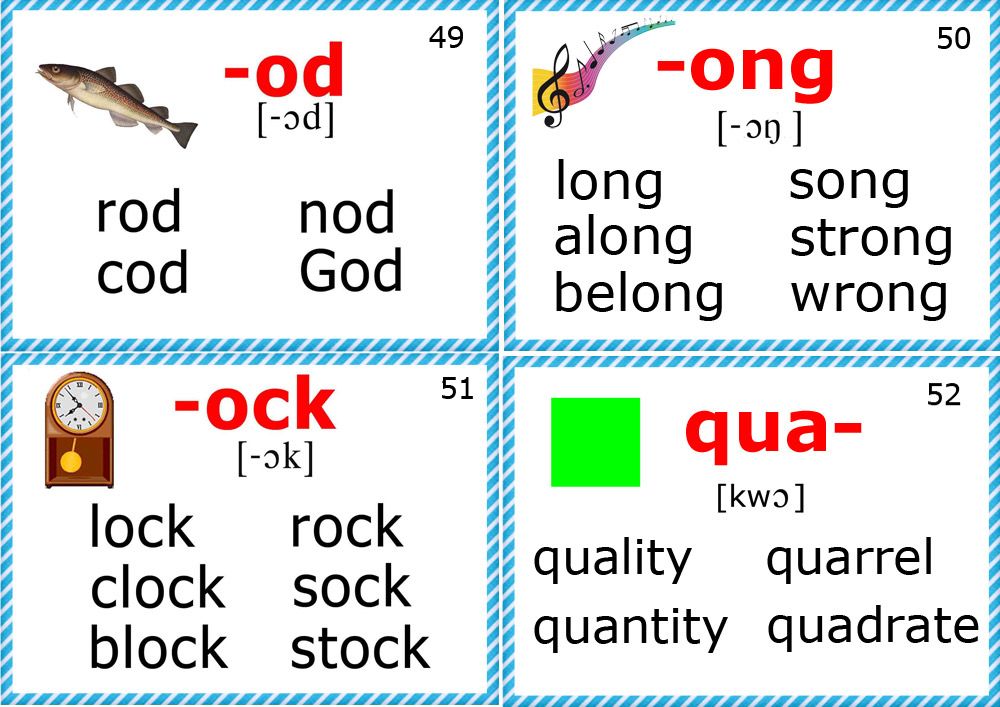
4. The word spring has 8 letters and 7 sounds.
Example No. 3. Oral phonetic analysis of the noun professor
2. Vowels:
first - unstressed [a], marked with the letter about ;
second - shock [e], marked with the letter e ;
the third is unstressed [a], designated by the letter o .
3. Consonants:
[p] - deaf double, hard double, marked with the letter p ;
[p] - voiced unpaired (sonor), solid paired, marked with the letter p ;
[f'] - deaf double, soft double, marked with the letter f ;
[s] - deaf double, solid double, marked with the letter with . The second from does not form a sound in a word;
[p] - voiced unpaired (sonor), solid paired, marked with the letter p .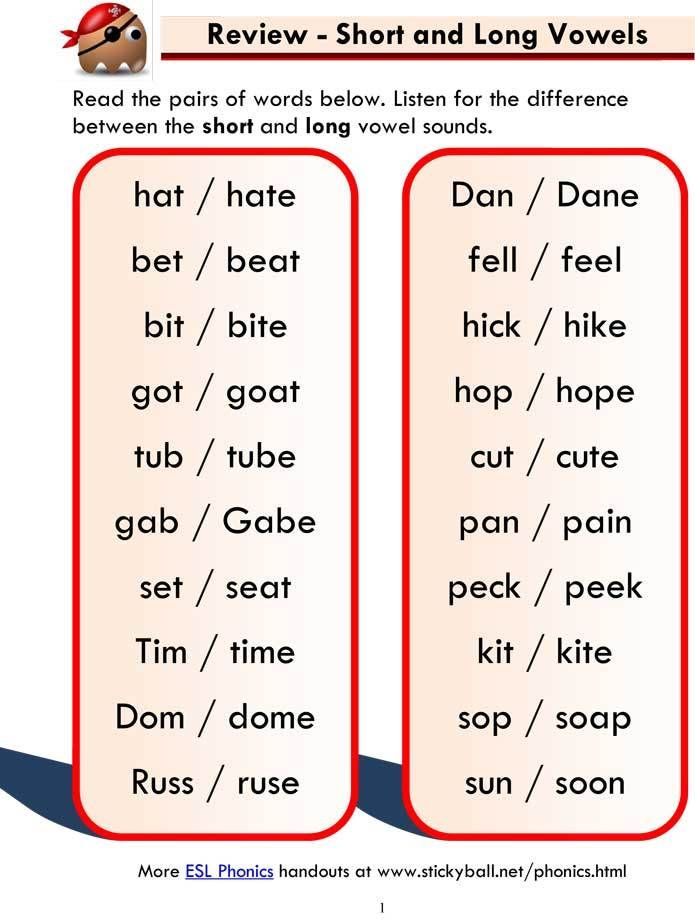
4. The word professor has 9 letters and 8 sounds.
Test yourself
Let's find out how well you understand what phonetic parsing is. Below you will find three tasks with which you can practice this skill.
Task 1
Disassemble the following words according to their sound composition: busy, guest, vacancy, pronounce, speaking.
Task 2
Perform oral phonetic analysis of words: box, hospital, go, union, sea.
Task 3
Read the short text below and make a written phonetic analysis of all the nouns in it.
We wandered in the forest in spring and observed the life of hollow birds: woodpeckers, owls. Suddenly, in the direction where we had previously planned an interesting tree, we heard the sound of a saw. It was, we were told, cutting firewood from deadwood for a glass factory.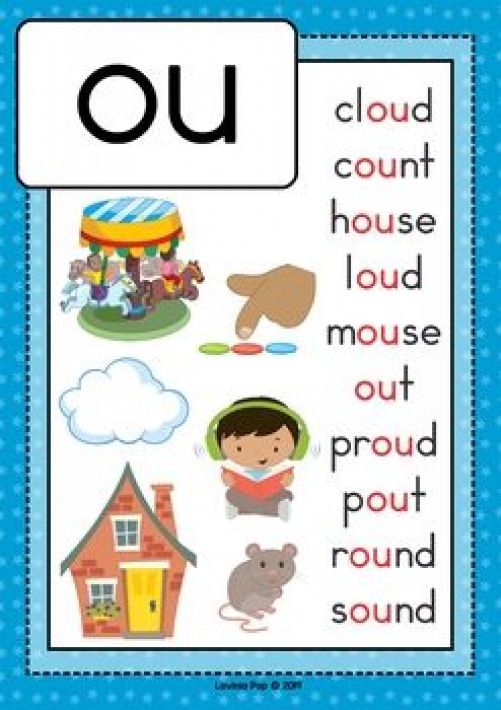
For the first time, students start doing phonetic analysis of words in the 3rd grade of elementary school. Over time, tasks in the lessons become more complicated, so it is important to understand the topic in time. If after reading this article you still have questions, we invite you to the Skysmart online Russian language school for knowledge. In the classroom, the teacher will tell you what a phonetic (sound-letter) analysis of a word is and how to do it correctly in order to increase the grade at school.
Phonetics, phonetic means / Babylon :: lingvo.info
- Phonetics, phonetics
"The sounds we make" - Morphology
"Words, how they are formed and how they change" - Syntax
"How to put words into a sentence" - Semantics, vocabulary
"Meanings behind words"
Phonetics and phonology
Phonetics is a branch of linguistics that studies the sounds of human speech.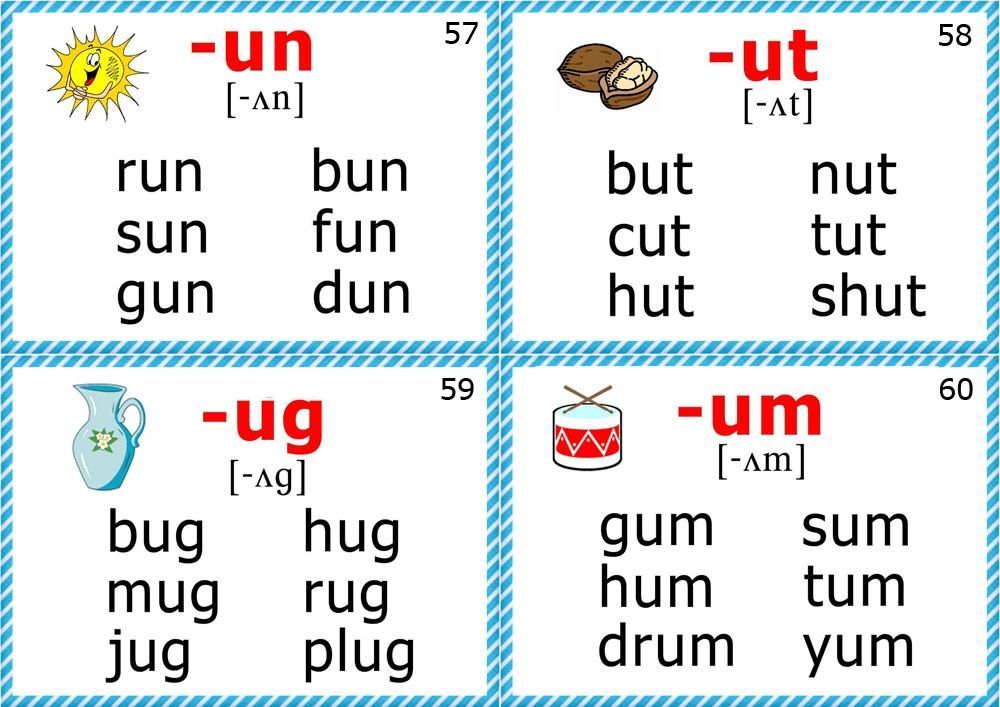 The term is also used for sign languages, where she explores the gestural and visual components of signs.
The term is also used for sign languages, where she explores the gestural and visual components of signs.
Phonetics deals with the physiological production, transmission and perception of sounds. Phonology deals with the structure of the sound system in the language. Here phonemes play a special, important role. Phonemes are the smallest distinguishable units that are the building blocks in words (speech or sign language).
Transcription
Phonetic transcription is a way of representing the sounds found in human languages, regardless of the written form of the language. The best known systems are the International Phonetic Alphabet (IPA), which is mostly based on the Latin alphabet with the ability to describe speech characteristics such as consonants, vowels, and suprasegmental features. It was developed by the International Phonetic Association to standardize the representation of human speech sounds. IPA is used by lexicographers, singers, actors, authors of artificial languages, and translators.
Official IPA chart as of 2005 (CC-BY-SA license)
Relationship between background (phone) and phoneme
Background (phone) is the basic unit of speech flow; A phoneme is the basic unit of speech in a given language. The phoneme is the abstract unit for a given language and will include a number of different backgrounds. This is reflected in different levels of transcription. The purpose of phonetic transcription (usually in square brackets) is to transcribe sounds (phones) to record accurate articulation, while phonemic (phonemic, phonological) (usually with slashes) transcribes words in terms of sound categories in a given language. The line between phonemic and phonetic transcriptions is not always clear - narrow phonetic transcription captures more variants of sounds, while broad phonetic transcription captures only the most prominent features and puts them into phonemic transcriptions.
For example, a normal pronunciation of an English word in a narrow transcription would look like this: [ɹ̠ʷɛd], where [ɹ] would be a reflection of the American (alveolar approximant/alveolar fricative sonorant), but the minus sign below it indicates that it is pronounced with a drawn out slightly back with the tongue (produced deeper in the mouth than usual), and [ʷ] means labialization (lips are slightly rounded).